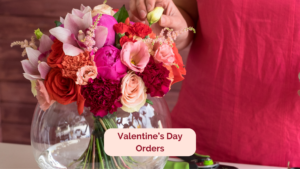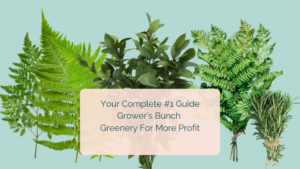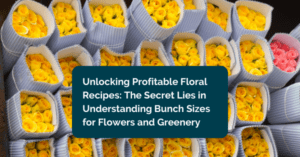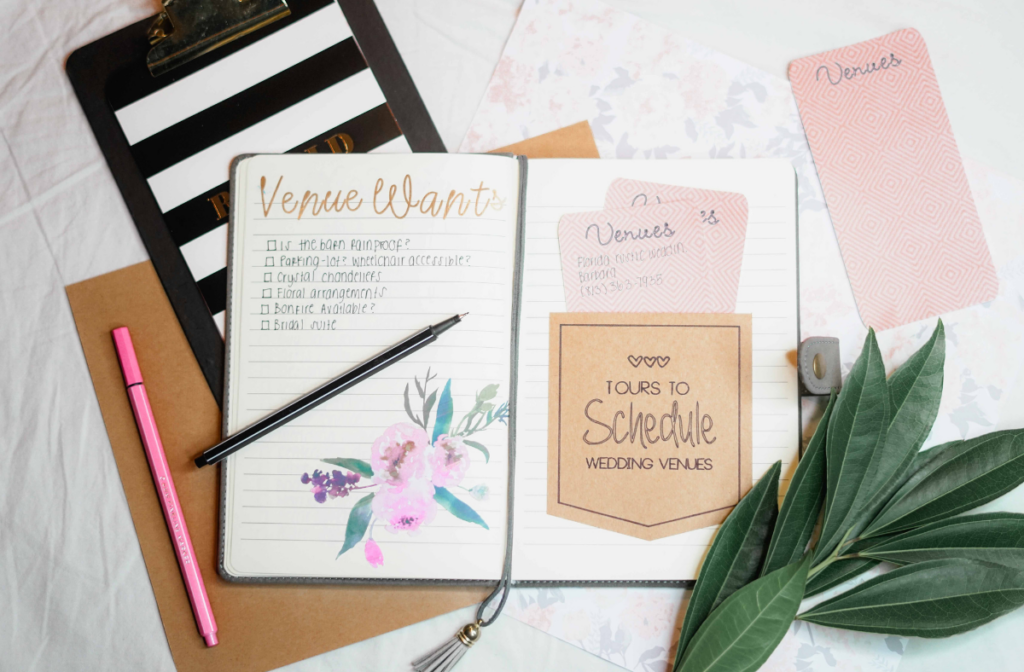
Floral design proposals are a blend of art and strategy. Your proposal should not only reflect your unique style but also connect with your client’s vision and establish trust, ultimately guiding them to choose your services.
This guide outlines the key steps to building floral design proposals that enhance client relationships and improve booking rates.
Why Floral Design Proposals Are Essential for Your Business
Floral design proposals are more than just a quote; they are a strategic tool that reflects your professionalism, creativity, and attention to detail.
They serve as your first formal presentation to a potential client, demonstrating your understanding of their style and preferences.
A well-crafted proposal sets you apart from the competition and builds the trust needed to close the deal.
Step 1: Optimize the Initial Consultation to Shape Floral Design Proposals
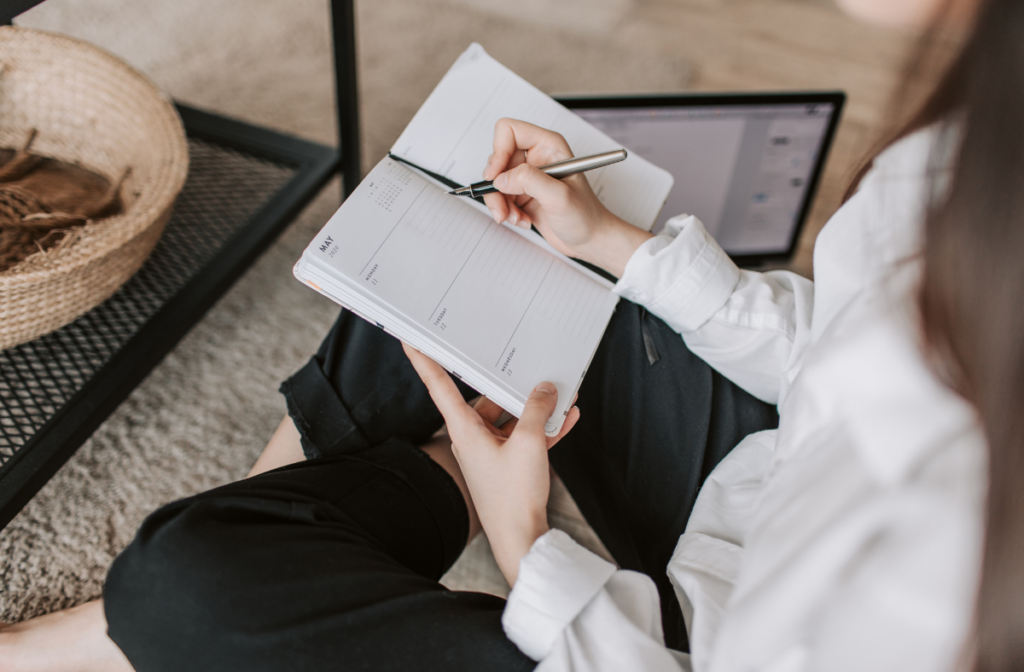
Your consultation meeting is the starting point for an effective proposal. A successful consultation captures the client’s vision and sets expectations. To optimize your meeting:
- Prepare Thoroughly: Review the client’s questionnaire, mood boards, and inspiration images in advance.
- Ask Insightful Questions: Understand what they love and what they don’t. Note specific flowers, colors, or styles that resonate with them.
- Connect Personally: Use the client’s name throughout the conversation and show interest in their story.
Tip: Schedule consultation meetings when you have the bandwidth to focus exclusively on the client, avoiding busy production days.
This structured approach ensures that when it comes time to build your floral design proposals, you have all the information needed to create a customized experience that aligns with the client’s vision.
Step 2: Use Standardized Descriptions to Save Time on Floral Design Proposals
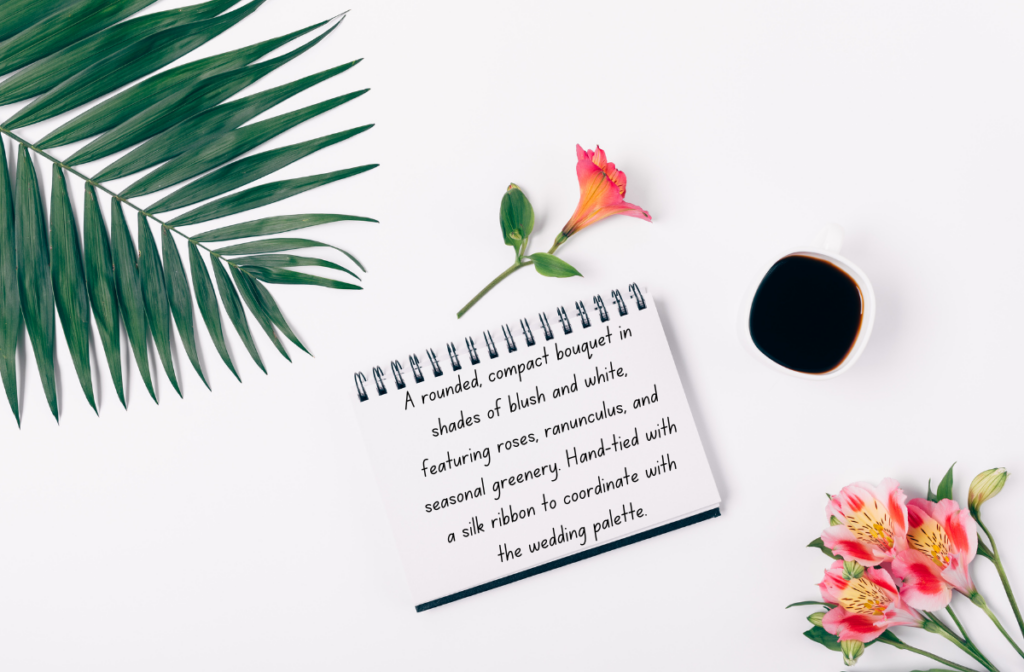
Using standardized descriptions is a game-changer for efficiency without sacrificing the personalized touch. Create a set of pre-written descriptions for common elements like bouquets, boutonnieres, and centerpieces. Here’s how to do it:
- Develop Descriptions for Each Style: Create templates for garden-style, dome-shaped, and loose organic bouquets. Include a short, medium, and detailed version for each style to match the level of detail needed.
- Keep Descriptions Cohesive: Ensure that the style and tone match throughout the proposal to create a seamless flow.
Example: Instead of writing a new description every time, start with: “A rounded, compact bouquet in shades of blush and white, featuring roses, ranunculus, and seasonal greenery. Hand-tied with a silk ribbon to coordinate with the wedding palette.”
Why it works: This method saves time, reduces errors, and ensures consistency across your floral design proposals, allowing you to focus more on personalizing key elements that matter most to your client.
Step 3: Enhance Floral Design Proposals with Visual Inspiration
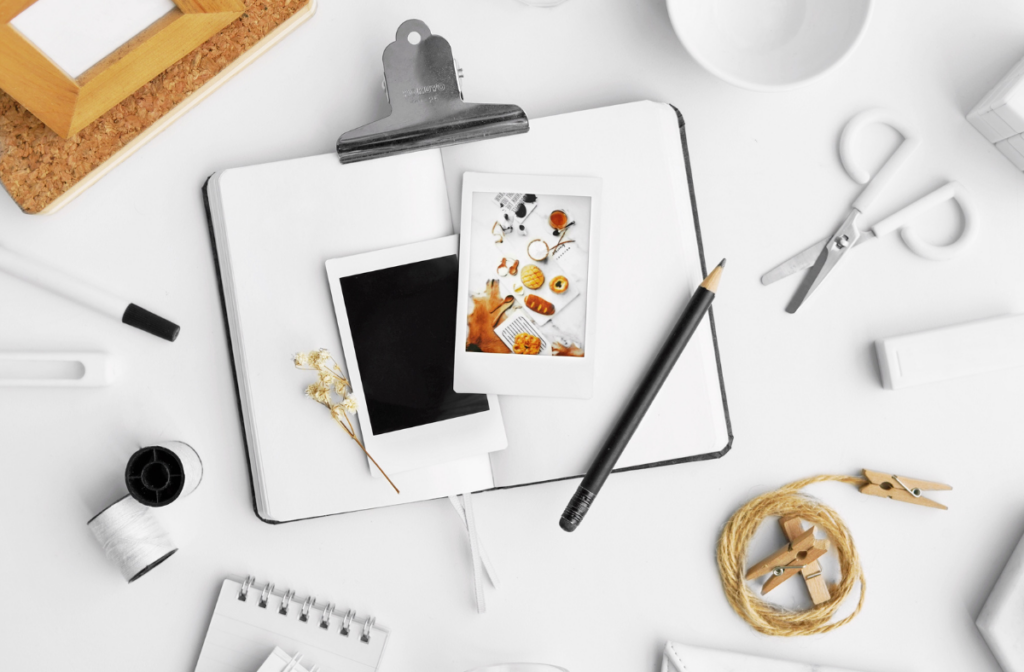
Visuals are a powerful tool in bridging the gap between your words and the final design. They help clients visualize your ideas, making your proposal more engaging and effective.
Incorporate the Following Visuals:
- Mood Boards: Create a mood board that includes color swatches, textures, and a variety of flower types.
- Past Work Samples: Use images of your past work to establish credibility and showcase your design style.
- Inspiration Photos and Sketches: Include sketches for custom installations and photos for standard floral elements.
Tip: Use labeled images that highlight key elements in your proposal. If the client wants a lush, garden-style bouquet, include 2-3 images that reflect that look and add a short note explaining your design interpretation.
By incorporating visuals strategically, you not only make your floral design proposals more appealing but also help align expectations from the very beginning.
Step 4: Use a “Possibilities” Section to Upsell in Your Floral Proposals
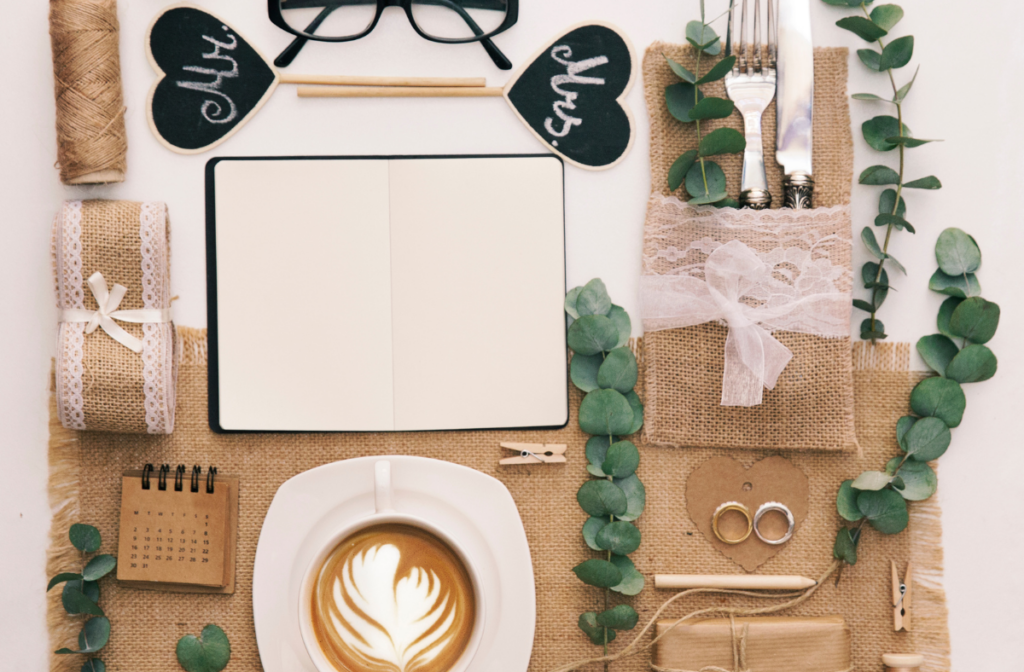
A “Possibilities” section is a dedicated part of your proposal that highlights additional options and upgrades. This section can include:
- Additional Ceremony or Reception Decor: Offer options like aisle runners, extra boutonnieres, or elevated centerpieces.
- Floral Upgrades: Suggest premium flower options, such as adding peonies or orchids to bridal bouquets.
- High-End Alternatives: Present luxury alternatives to what’s included in the main proposal, allowing the client to see both standard and premium versions.
Why it’s effective: This strategy not only shows your flexibility but also positions you as an attentive, creative partner, offering solutions that align with their vision and budget.
Step 5: Deliver Your Floral Design Proposals Promptly and Professionally

Timeliness and clarity are key. Aim to send your proposal within 2-3 days of the initial consultation while the details are still fresh in your mind.
- Set a Timeline: Book time on your calendar immediately after the consultation to complete the proposal. This prevents delays and keeps you organized.
- Break Down Costs Clearly: Include an itemized list for each component—bouquets, centerpieces, ceremony pieces, and rentals. Make sure clients understand what they are paying for.
- Include Terms and Conditions: Attach a contract and set an expiration date for the proposal to encourage a prompt decision.
Tip: Under-promise and over-deliver by telling the client it will take five days and sending it in three. This creates a positive impression and shows that you value their time.
Step 6: Follow Up on Proposals to Increase Conversion Rates

Following up is just as important as creating the proposal itself. Implement a structured follow-up strategy:
- One Week After Sending the Proposal: Send a friendly email to see if they have any questions or need further clarification.
- Two Weeks Later: Highlight the most unique aspects of the proposal that align with their vision.
- One Week Before Expiration: Send a final reminder emphasizing the value of securing your services before the proposal expires.
Tip: Avoid sounding too salesy—frame your emails as supportive check-ins that show you are eager to help.

Creating effective floral design proposals isn’t just about quoting prices; it’s about telling a story that connects with your client. By implementing templates, incorporating visual inspiration, and having a structured follow-up system, you’ll save time and build stronger client relationships.
With these strategies, your floral design proposals will not only look professional but will also stand out, giving clients a reason to choose your business over competitors.
Ready to elevate your proposal game? Explore tools like True Client Pro to streamline your workflow and start booking more clients with less stress
Book a free demo today!


